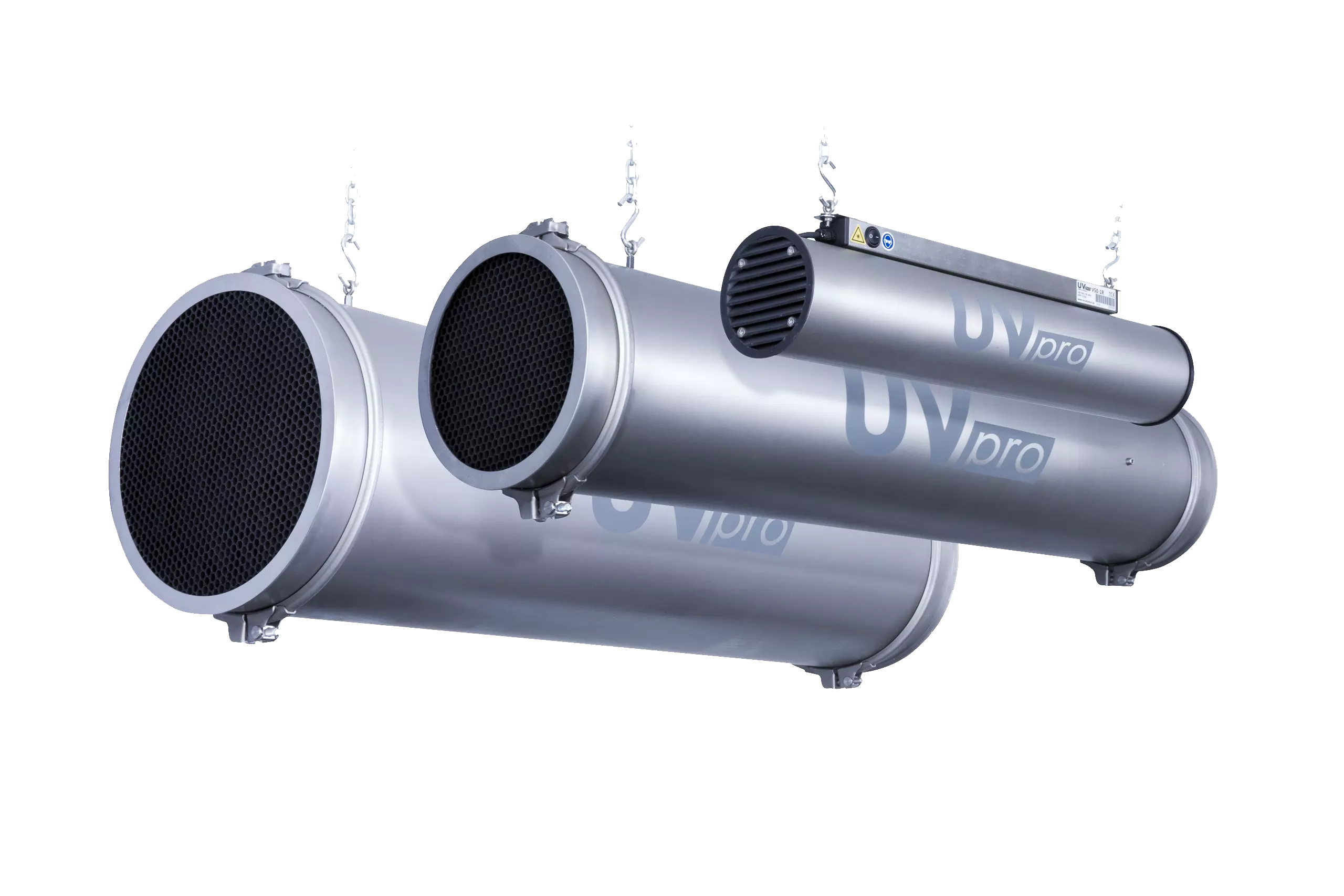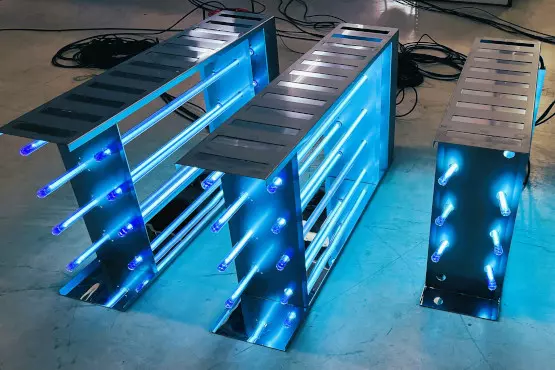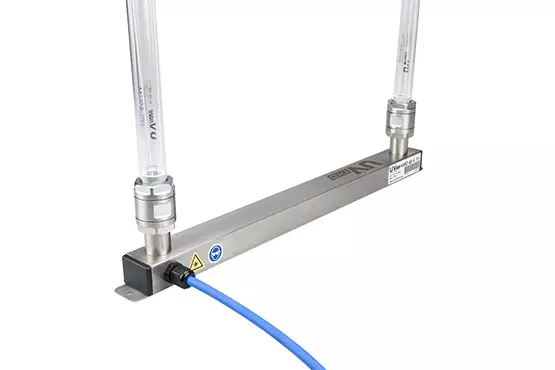UVC air disinfection
Work hygienically with clean air
A conditioned climate is essential when processing sensitive products like food. In an uncontrolled area, microorganisms live in the air that can be harmful to your products. Not only the temperature, but also the quality of the air should be part of your quality control.
UVC or traditional filters?
Filters are good for removing suspended matter like dust from the air. But microorganisms like bacteria are too small for many filters to capture. If filters get damp, they can actually spread more microbial contaminants than they capture.
HEPA filtration is not a workable solution for many production areas because the life span is limited and it requires high air pressure.
Excellent microbial results can be achieved with UVC light paired with an F7 or F9 filter, at low operational costs.
UVC air disinfection units
ceiling and wall mounted
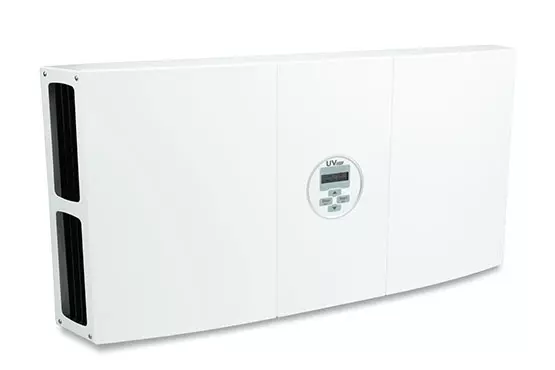
UVpro V-Lab
UVC units for air-handling units
UVC can be added to an air-handling unit, providing added value in keeping an evaporator, drip collector, or drip tray hygienic. Another option is to apply UVC after the filters to disinfect all passing air. Take a look at the available equipment below:
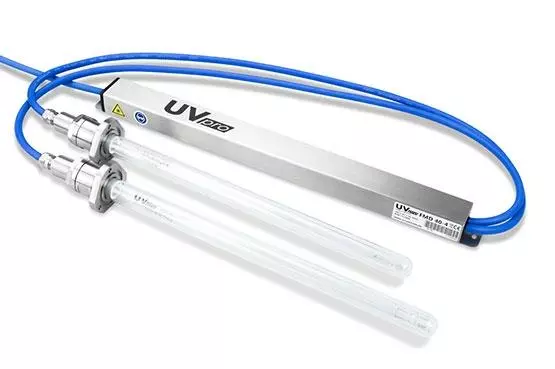
UVpro FM - UVC system
Flange module for tank disinfection
UVpro FMT - Flange module
- Easy to install (also in existing systems)
- Reliable installation for 24/7 disinfection
- Waterproof (IP68)
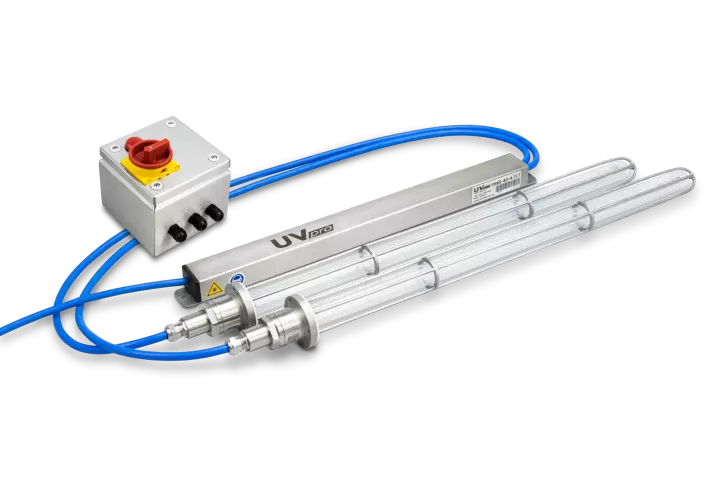
Air disinfection applications
Food production
Food storage
Recirculation ducts in utility buildings
Laboratories
Fresh flower storage
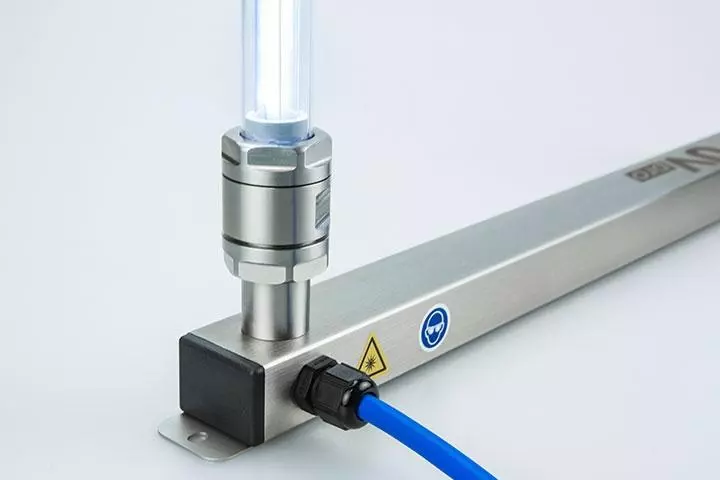
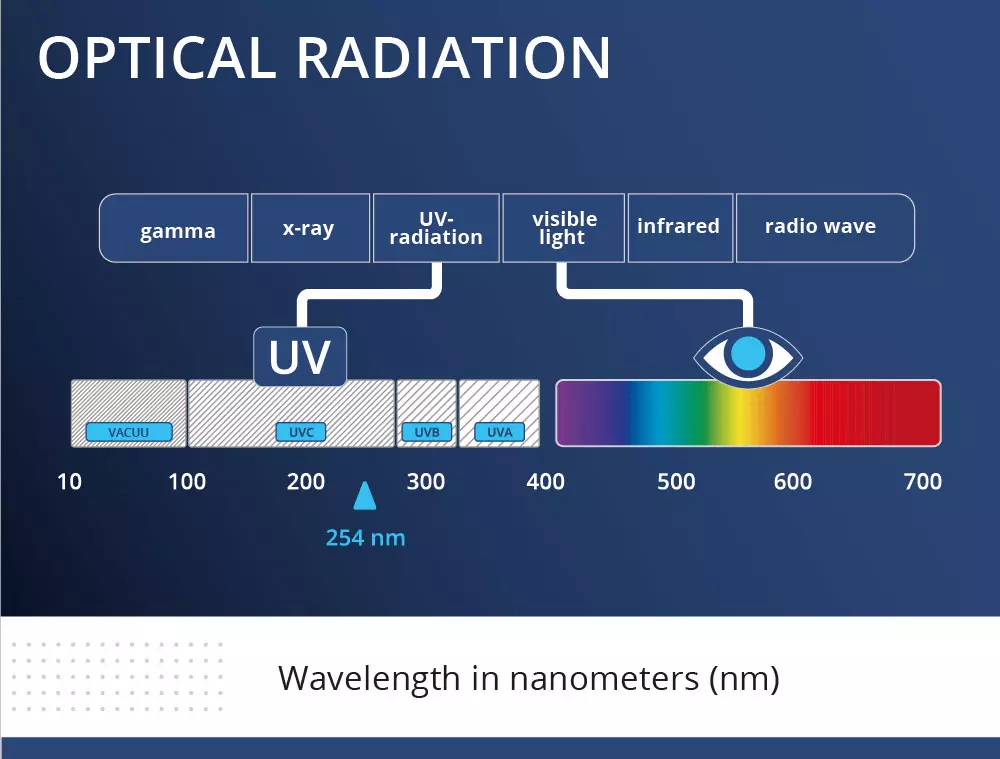
How does UVC light work?
You can use a UVC bulb to illuminate an evaporator or drip catcher and bacteria or fungi can no longer multiply, because UVC (part of the light spectrum) can damage DNA and deactivate the organisms.
The amount of energy released determines the extent to which microorganisms are deactivated.


